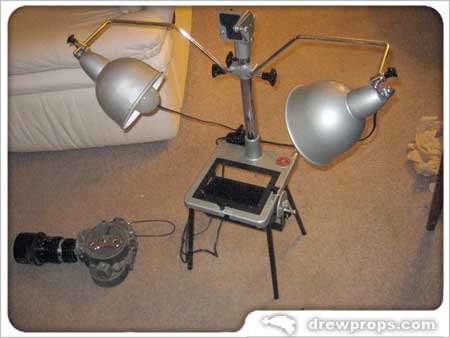
I finally had the time today to sit down in the living room floor and set up an old-fashioned film titling system that filmmaker Troy Miller FedEx’ed to me this fall. I totally owe him several T-shirt designs even if I never exactly figure out a use for this thing other than as a nutty desklamp. But for now, read on and let me take you for spin around this contraption…
Believe it or not, movies made in the last century were by and large created without the use of computers of any description and people were content with the tools they knew and understood. By the time that America’s meddlesome film prankster George “Meesa George” Lucas and his techno visionary thugs rolled out their mindbendingly complicated nonlinear editor the EditDroid, a seachange was approaching. Though impossible to believe at the time, the writing was on the wall that computers would one day rule the world.
Like any good disruptive technology, the introduction of computers decimated a goodly number of traditional specialties around the world including longheld positions in the film industry, one of which was the manner in which title sequences and interstitials were created. In mainstream Hollywood credits went from simple title cards with limited information to increasingly elaborate animated sequences. I’m not sure where Troy’s Bolex 8mm Film Titler fell in the world of 1950’s filmmaking but suspect that it was aimed at students and the atomic age equivalent to today’s videographers.
This is exactly the kind of thing that I would have spent months playing with in my early teens, back when I had patience and before I knew that my pokey-peeky Atari 800XL would someday be replaced by a jacked up Macintosh.
Even though I know it was made in the 50’s it really screams 1930s as it has elements of streamline design. The website BolexCollector.com describes the Bolex 8mm Film Titler thusly:
In 1955, Paillard introduced a titler for pocket size cameras. In order to provide accurate framing with these non-reflex cameras, a unique D mount device was designed to project a circle of light through the lens onto the titling board. The Basic Titler consisted of the titling board with a field frame and centering card, support stand and camera base, and precision centering device with 4V lamp and wire with alligator clamps for attaching to a battery.
A full accessory kit could be purchased, which included two adjustable lamps, horizontal and vertical “Flip Flap” boards, drum, disc, scroll title device and 10″ extension legs; all effect devices, apart from the scroll, were covered with black velvet.
Those “Flip Flap” boards, drums, discs and other velvet-covered gee whizzes are designed to accomodate tiny little letters that you must arrange by hand. I was dumbfounded to realize that those letters are made of felt!! How in the world they managed to trim out tiny letters from the white, felt-like cloth boggles my mind… I mean, they must have created incredibly fine die-cuts but WOW!!
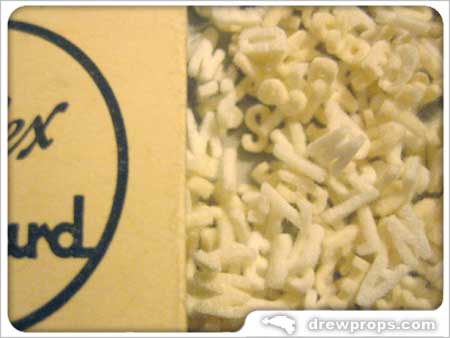
I used a swizzle stick from Trader Vic’s to push some letters into a message and shot a very short sequence on my Canon SD400 digicam to thank Troy for the very cool gift (the video is posted on YouTube, click here to watch it). I didn’t notice until later that a letter “s” fell off the second word in the second line. Getting those felt letters to line up is impossible!
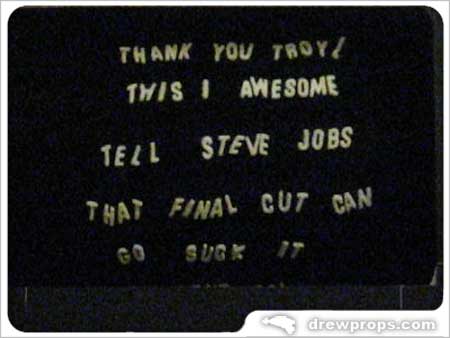
The special bayonet-style lights designed for this system are still intact and probably work although…
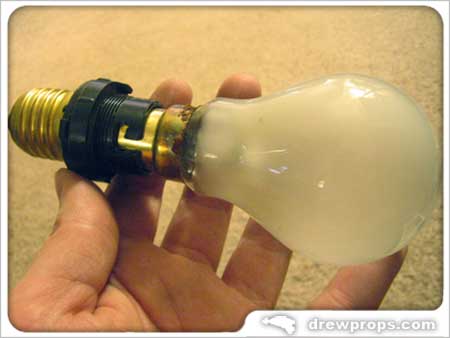
…the electric plug appears to have been designed for an electrical system other than anything I’ve encountered in the United States. I’m unsure if there was some additional piece of equipment meant to go between the lamps and the electric socket or whether there was a competing standard of electric plugs around at the time that this device was in production. The “Made in England” stamp on the tip of the plug makes me think that it might in fact have been engineered for an entirely different set of mains.
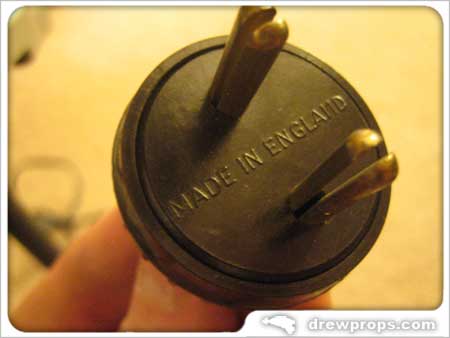
I found a cardboard box at the Container Store that neatly holds both of the original paper-wrapped chipboard Bolex boxes and am packing the whole thing away for safekeeping. Don’t look for this package on eBay kids, its going into my museum! Thanks again Troy!
[tags]bolex, paillard, 8mm, film, titler, titles, desktop, movie, camera, stand, lamps, felt, letters, troy, miller[/tags]

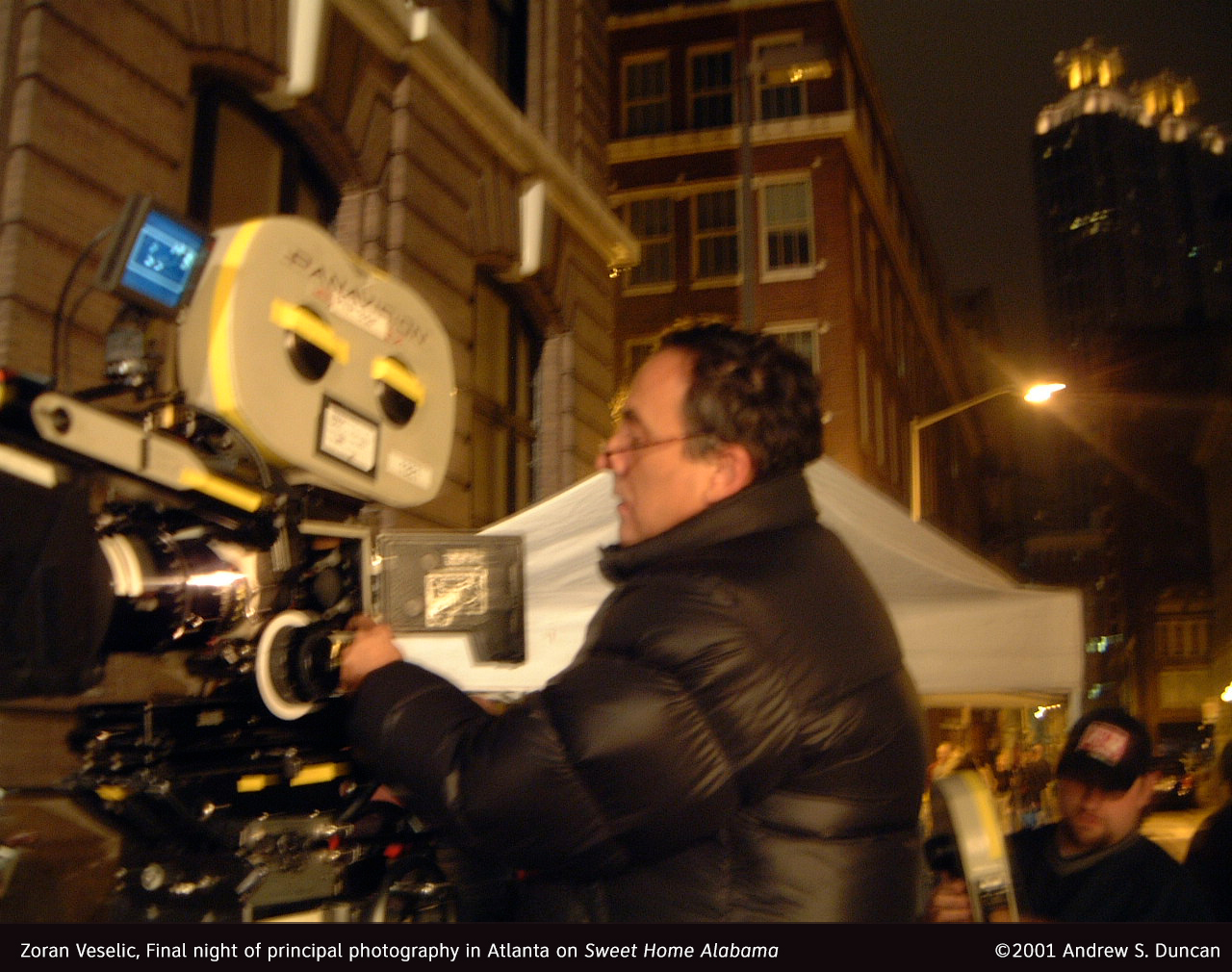
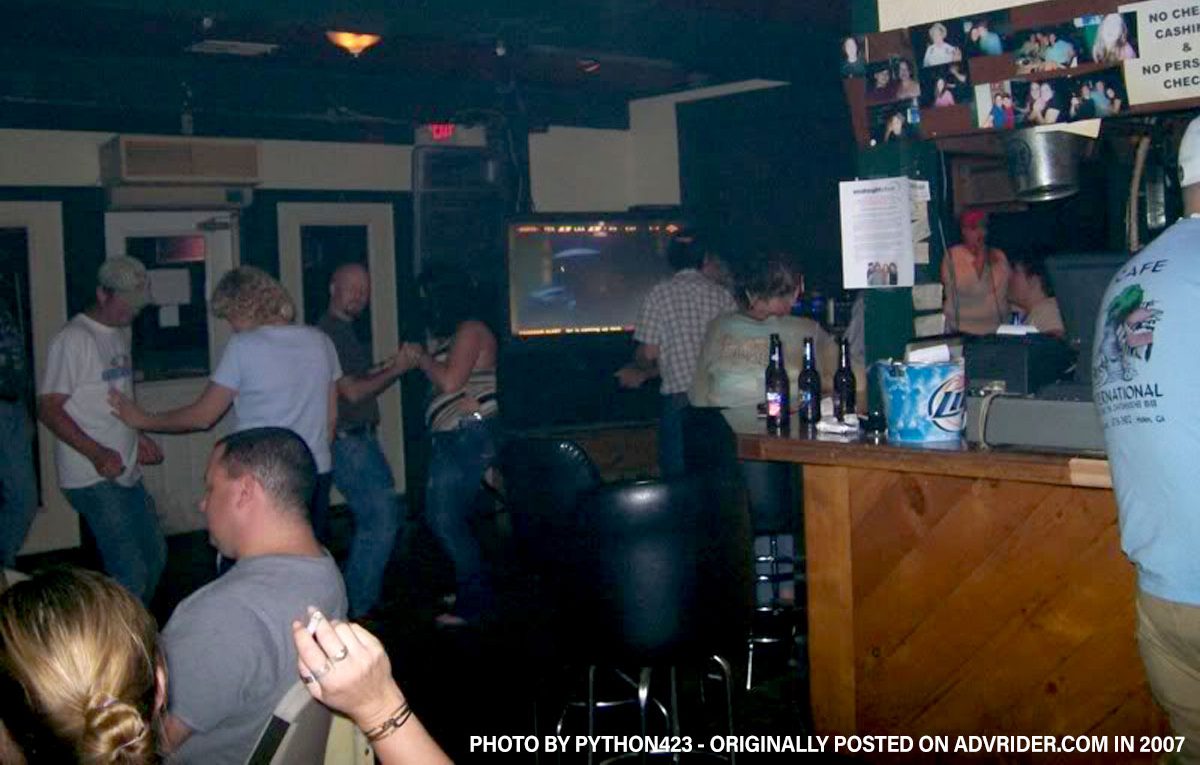
i titled my movies in 1958 using this
device…a lot more fun than computing;
they made the best movie equipment.
You must’ve had a surgeon’s precision to get those letters to line up!!!
You know, it’s interesting how specialized jobs were in the pre-digital age… every job had its own special set of tools and rarely did skillsets from varied crafts overlap in any significant fashion, as they so often do today. If you’re nimble enough on the computer you might just about be able to do ANY job these days.
Back then, when you worked on film, that’s all you did: work on film. The tools you used had no distracting tangents that could pull you off-duty. Your equipment wasn’t connected to a calendar ot a telephone ot a department store catalog or a post office box. YOU had to remember to do all that stuff on your own. These days it’s all too easy to forget what you should be working on… there are that many distractions!!
Hi i was wondering if anyone could tell me how much an 8mm bolex titler is worth it comes in original box and several boxes of letters in red and white and bulbs are intact and the condition is great i do not think it has been used that much just bought and stored for my brother in law to find i know it was made in the 1950’s but that is all i can find out about it i would greatly appreciate any info thanks hope to hear from you soon from carol.
Hey I Have a Bolex Titler That is Complete in the Boxes even With the Original Receipts. There is Also a Light Attachment That Takes Batteries & a Fixed Focus Adapter. What is the Value of this Unit?